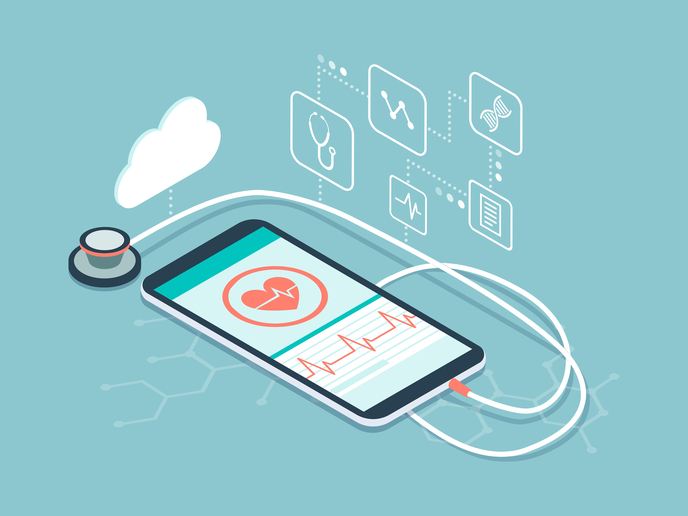The sound of COVID-19? New app to identify symptoms through voices and coughs
With ongoing efforts to help manage the coronavirus pandemic, a group of EU-funded scientists has introduced a mobile phone app that collects data to help in diagnosing COVID-19. It will assist scientists in developing machine learning algorithms that could automatically determine whether a person is suffering from COVID-19 based on how he or she sounds, coughs and breathes. “There’s still so much we don’t know about this virus and the illness it causes, and in a pandemic situation like the one we’re currently in, the more reliable information you can get, the better,” says Prof. Cecilia Mascolo from the University of Cambridge, the EAR project host. Quoted in a news release by the same university, she adds: “Having spoken to doctors, one of the most common things they have noticed about patients with the virus is the way they catch their breath when they’re speaking, as well as a dry cough, and the intervals of their breathing patterns.” Prof. Mascolo also says: “There are very few large datasets of respiratory sounds, so to make better algorithms that could be used for early detection, we need as many samples from as many participants as we can get. Even if we don’t get many positive cases of coronavirus, we could find links with other health conditions.” In addition to voice, breathing and coughing samples, the app collects basic demographic and medical history data from users and also asks them if they have tested positive for the coronavirus. The app will be available in multiple languages. The University of Cambridge news release states: “Once they have completed their initial analysis of the data collected by the app, the team will release the dataset to other researchers. The dataset could help shed light on disease progression, further relationship of the respiratory complication with medical history, for example.”
Human body sounds
In a European Research Council news item, Prof. Mascolo summarises how her team examines “efficient and effective ways for systems to capture the sounds of the human body and to allow early diagnosis of different diseases using artificial intelligence. Anomalies in sounds like heartbeats, sighs, breathing, voice, are indicators of disease and, as such, a powerful source of medical information.” She says that the team focuses on optimising audio technologies in mobile devices to analyse the beginning and the progression of various respiratory and cardiovascular diseases, “with an enormous potential for large-scale and cost-effective diagnostics.” The EAR (Audio-based Mobile Health Diagnostics) project, which partially supported development of the new app, will run until September 2024. Its audio models are aimed at “maximizing the use of local hardware resources with power optimization and accuracy in both near real time and sparse audio sampling,” as noted on CORDIS. For more information, please see: EAR project
Keywords
EAR, coronavirus, COVID-19, cough, voice, mobile health



